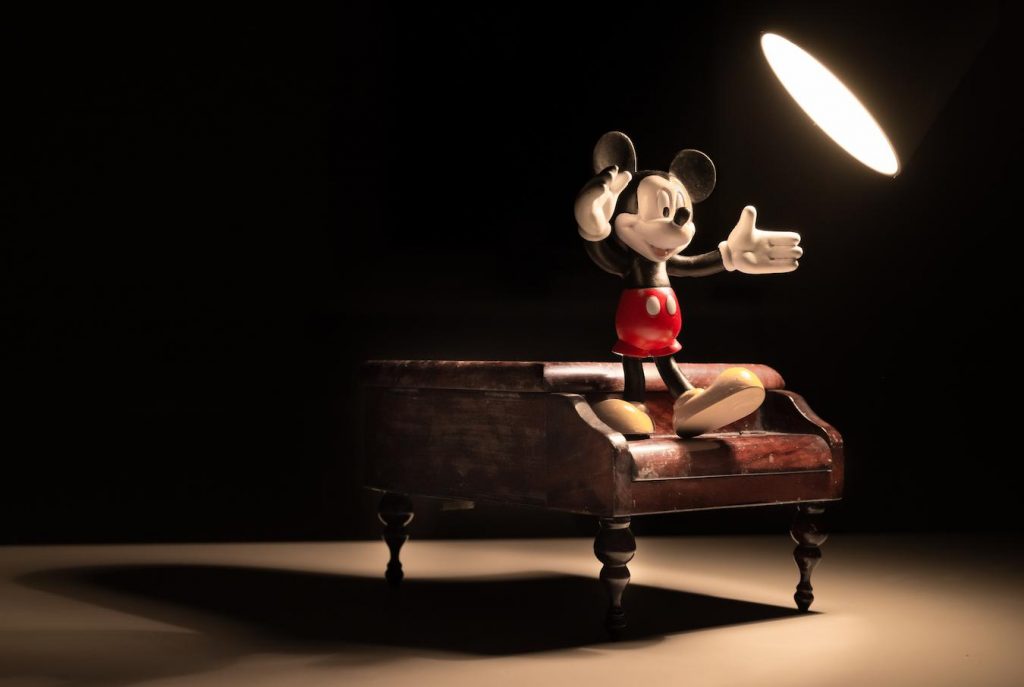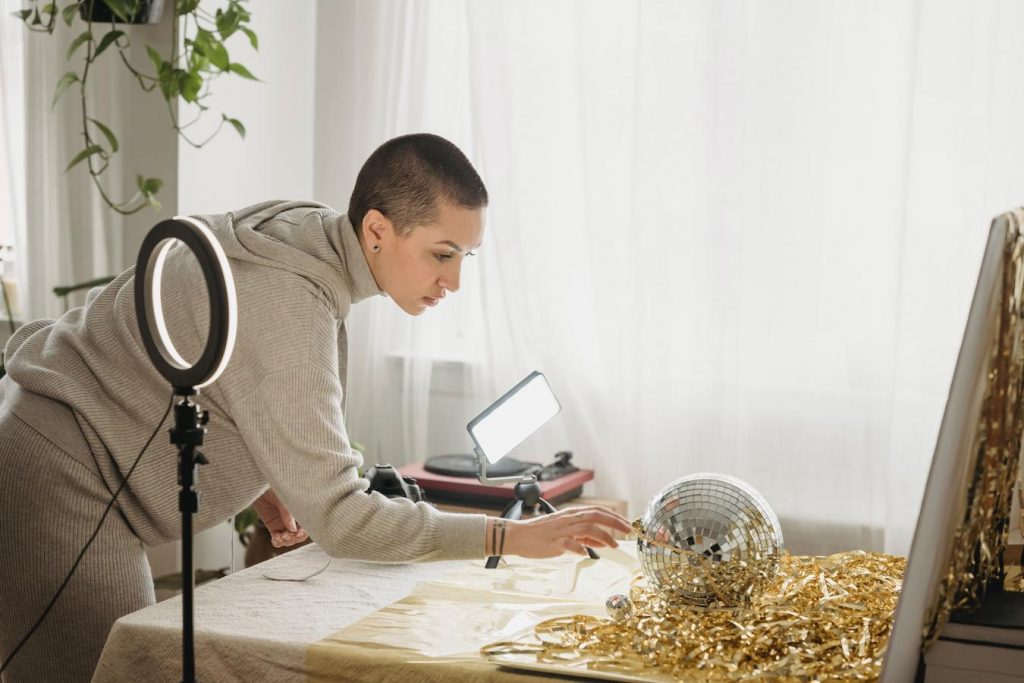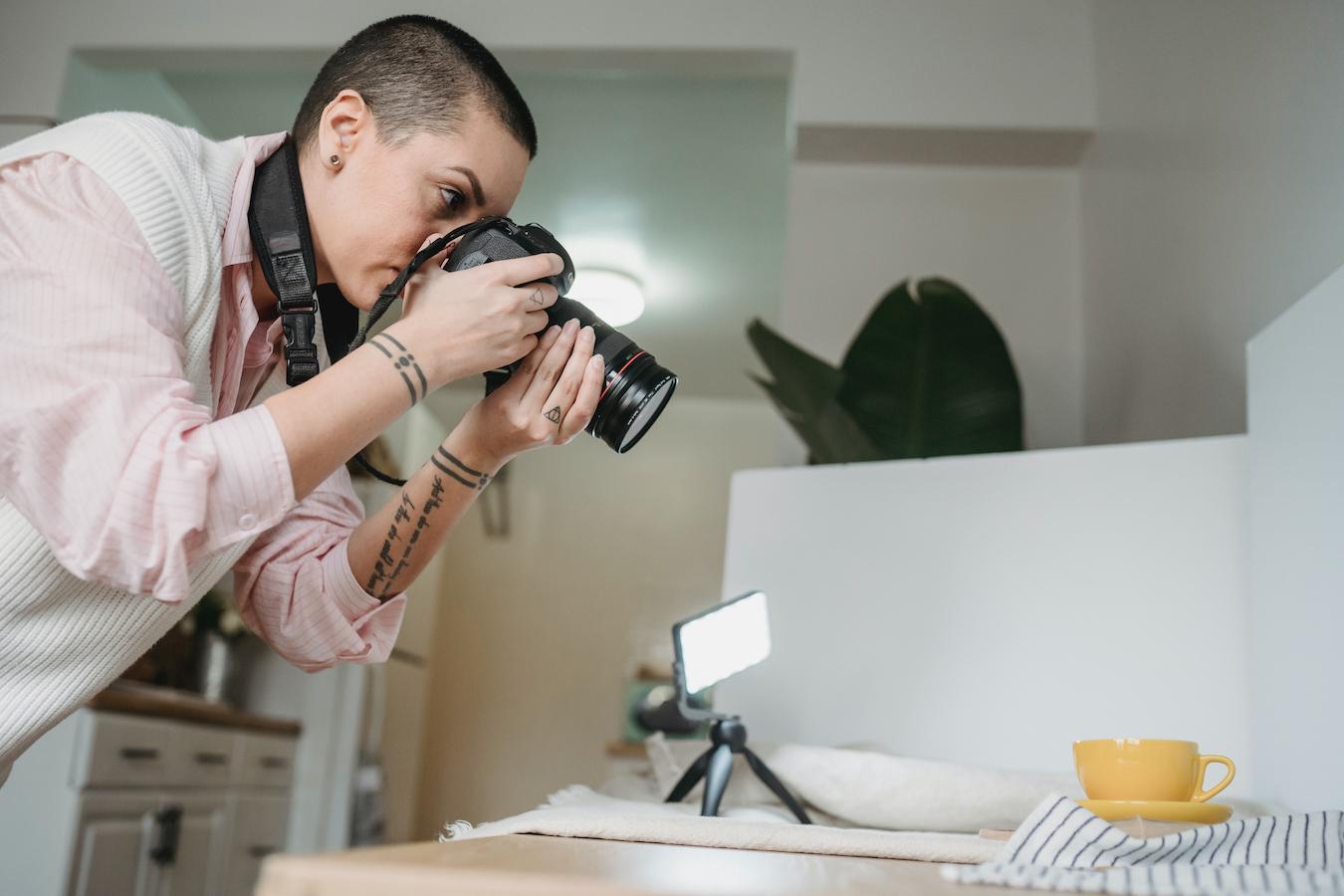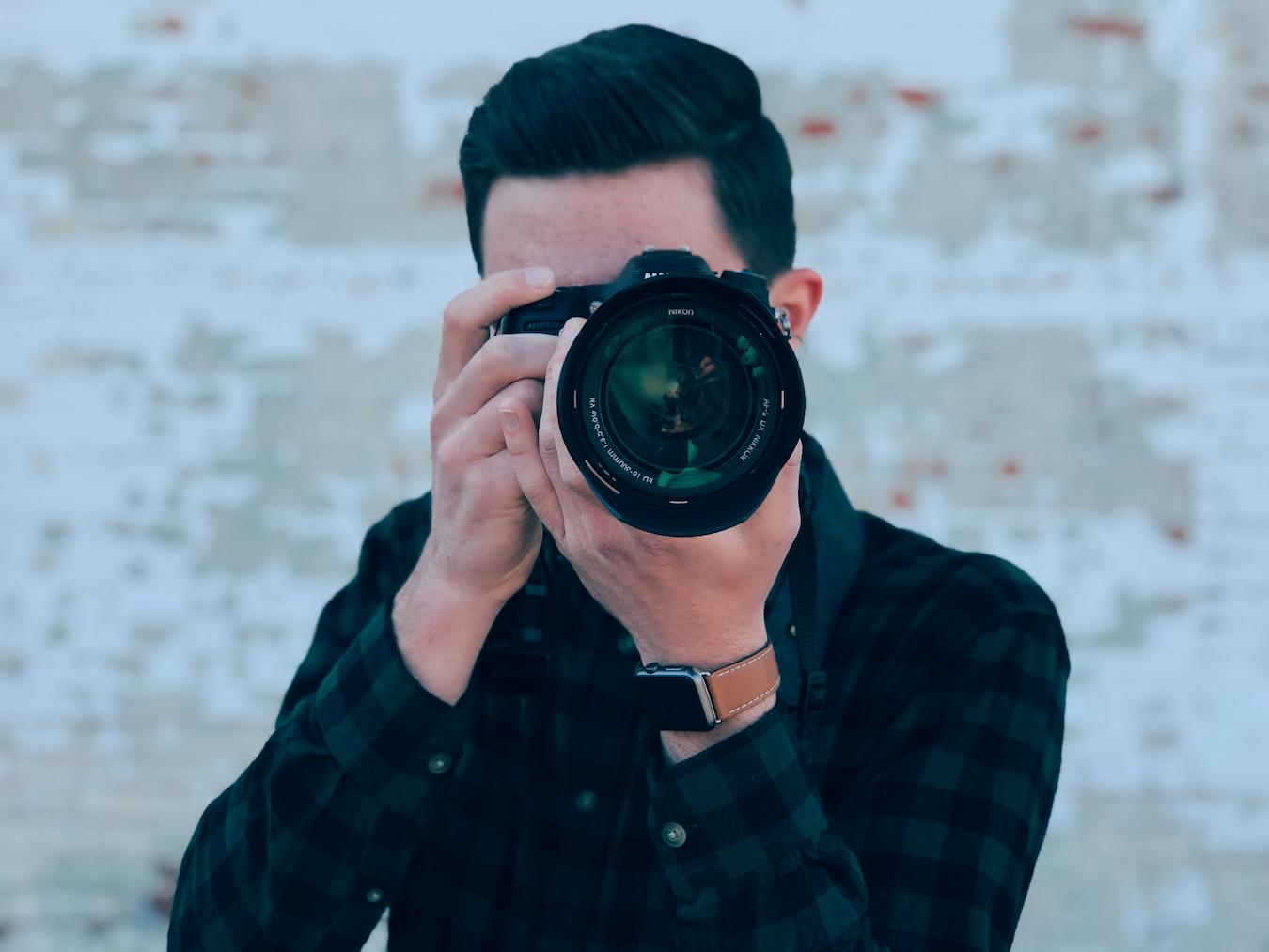When Christmas time comes around, we love to pull out our favorite holiday videos and films. Rudolph the Red-Nosed Reindeer, Santa Claus is Comin’ to Town, basically anything Rankin-Bass.
Of course, the holidays make us feel nostalgic for these kinds of videos. But what else is it about these movies that make the audience stop in their tracks?
The simple answer? Stop motion animation.
What is stop motion animation?
Stop motion animation is an animation technique. And it is probably the most time-consuming way to create a movie or video out there.
Why? Well, the name “stop motion animation” lends itself to describe the entire film process.
Each frame is created and photographed one by one. And all inanimate objects used must be adjusted slightly in between by the animator.
Strung together and uplifted by music, the objects appear to move, almost like a flipbook. And the characters come to life through a series of images and seemingly animated movements.
Thus, you move the clay characters. Stop. Photograph. Move. Stop motion animation – see it now?
Doesn’t quite fit your idea of a sound stage movie set in Los Angeles, does it? Well, because of the tedious process stop motion requires, sometimes, such projects aren’t even filmed on a sound stage.
But we’re getting ahead of ourselves. Let’s actually turn the time back.
A short history of stop motion animation
Stop motion animation sounds rather inventive and new. But the art form actually has a long history dating back to the early days of cameras and photographs.
The early days
The first stop motion movie was The Humpty Dumpty Circus from 1898. The style of this 1898 short used dolls with jointed limbs to simulate the movement of circus acrobats.
Unfortunately, this particular film created is lost and the search for it continues. But that didn’t stop the next animator from tackling this art form!
Stop motion and live-action
You might think that stop motion film or television is limited by the fact that it’s stop motion. But animators have long infused the stop motion style in live-action movies and video as well.
Take The Lost World for example in 1925. The first film to have created a combination of stop motion and live-action video techniques in history.
See Related: What Does an Art Director Do in Film?
Stop motion techniques

Despite popular belief, stop motion animation isn’t just clay animation or using a host of inanimate objects. In fact, there’s a whole library of stop-motion animation techniques and props that animators have used from film to film.
- Object animation
- Clay animation, or claymation
- Puppet animation
- Cutout animation, or paper animation
- Brickfilms, or Legofilms
- Sand animation
- Paint animation
Of course, the list goes on (feel free to search around for new ideas too). But the main difference between all of these animating procedures is the materials used to capture on film or video.
What you’ll need to make stop motion films
Stop motion animation can be highly sophisticated. It’s true that some stop motion projects are filmed in Los Angeles, using the great production studios available to them.
But there are still plenty of ways to make stop motion animation outside of a studio. So don’t let that stop you from becoming a DIY animator on their journey to create the first of their stop motion films!
Camera
Use a digital camera. Even your iPhone! Anything that will create a solid image for your stop motion feature process.
Tripod
The shot has to be steady. No if’s, no but’s. Nada. An unsteady shot could ruin your whole stop motion film.

Editing software
Once you’ve captured each frame on camera, it’s time to sequence them together. It’s best to use computer software to make your project (and life) easier.
But you can also use an app on your phone to string your library of frames together. Technology is kind of horrifying now, isn’t it?
Materials or objects
Time to pick your poison! Clay, objects, images, a page of paper, figures, art, lighting, fabric, pictures, you name it.
Bonus: What is Immersive Technology?
How to make your own stop motion animation film
Now that the prep work is out of the way, it’s time to start filming. Or photographing. Whatever lingo you’d like to use for your stop motion process.
#1. Establish the setting
Like all films, you need to find a proper setting. You might be able to rent out a sound stage, or you might not.
But either way, make sure your backdrop fills the entire frame. And don’t let different settings set off the frames altogether.
You want all pictures in your stop motion video to be consistent. Because, most importantly, you want the focus to be on the character in question.
Not on the shot that includes your Starbucks coffee cup off to the side. (We see you, Game of Thrones.)
#2. Stay away from natural lighting
Natural lighting will create shadows across your claymation. And no digital enhancement can rectify such an intrusion.
Consider filming indoors in a studio. Maybe even set up a specific ring light to ensure that lighting is controlled in your stop motion film.
#3. Confirm your frame rate
Typically, 12 frames are equal to a single second on video. Some claymation animators choose to up the number of frames.
This can make the style and movement seem smoother. But, of course, this takes more time going from frame to frame.
#4. Keep the camera steady
This should go without saying, but here it is anyway. Keep the camera steady!
The last thing you want is inconsistency in a single moment of video. So invest in a timer or remote trigger to capture the animated clay in your feature.
It’s way easier to manipulate the object form, then click, and repeat. Rather than going back and forth between clay and video recorder.

#5. Make tiny movements to begin
Big movements in-between frames can make the feature play like you’re in a moon bounce. Too much bouncing off the walls at once.
The best technique is to go small. Stop motion films require precision and patience.
Some stop motion software even includes an animated feature called “onion skinning.” This gives the animator a chance to see multiple frames at once.
And that helps them to create an early action plan for the video capture in progress. So use as many tools as you can at your disposal.
#6. Edit your claymation together
Photos down, now it’s time to string them into videos. Upload your images, add music, and watch your first stop motion film come to life!
Pretty different from the process of CGI animation, don’t you think? Isn’t it crazy to think just how far technology has come?
Frame by frame
Stop motion films and animation are revered art forms and rightly so. It could take weeks to create videos that are only a couple of seconds long.
So just add up how long it would take to make a whole feature film. Especially in the early days.
But don’t let that intimidate you! With enough perseverance and creativity, anything is possible. Even stop motion animation.
Keep Reading: How much does film production insurance cost?
–
Mack Sennett Studios is a historic full-service photography studio, production sound stage, and private event space in Silver Lake, serving as creative home to the Los Angeles cultural renaissance for the last 100 years. Check us out on Facebook, Twitter, Vimeo, Pinterest, Yelp and Instagram.




